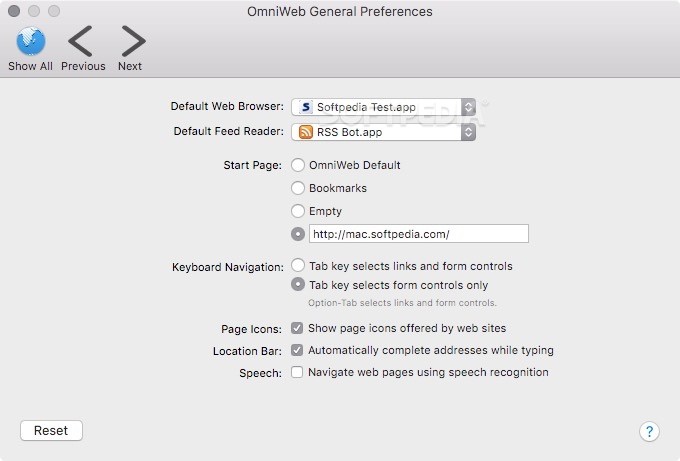

(On Windows, it's best to use "Save Target As".)ĭatabase for input parameters for all Tsyganenko magnetic field models from 1963 to (80 MB Ascii with header) The solar wind parameters file may be freely distributed as long as the header is kept. Read(iunitnumber,100) iYear,iDay,iHr,ByIMF,BzIMF,V_SW,Den_P,Pdyn,G1,G2,G3 In Fortran, a line of data can be read with the following code: dimension istatus8(8),istatus12(12),Bzi(6),W(6) W1-W6 = W parameters used in the T04s modelġ2 status = status variables for the preceding 12 quantities G1,G2,G3 = Tsyganenko's G parameters for the T01 and T01s modelsĨ status = field of 8 status variables corresponding to the 8 preceding quantitiesĪkp3 = average value of Kp at time t using Kp values at preceding time t_p averaged wit the weighting function exp( - (t - t_p)/(3 days) )ĭst = Dst - for recent dates, may be provisional or quicklook values from Kyotoīz1-Bz6 = Bzi values averaged for use in calculating Wi as described by Qin et al. Pdyn = solar wind dynamic pressure in nPa The lower the status variable, the less confident you should be in the value.ĭen_P = solar wind proton density in particles / cm^3 If the status variable is 0, the quantity is based on average quantities, and the values listed are no better than an average value. These values are still better than just using an average value, but not as good as those with the status variable equal to 2. If it is 1, the value has some connection to measured values, but is not directly measured. Note carefully: If the status variable is 2, the quantity you are using is fairly well determined. Similarly, if the status digit is 0, the quantity came from the 20 day average, or the values used to get the value came from a 20 day average (G parameters), or the average value of the status variables used to get it was 0 (W parameters). If the status digit is 1, the corresponding quantity was interpolated within about 2 correlation times (so that the neighboring measured quantities had an effect on the values), or interpolated values were used to get the value (G parameters), or the average value of the status of the quanties used to get it was 1 (W parameters). If the status digit is 2, the corresponding quantity has been measured, or calculated from measured quantities (G parameters), or the average value of the status of the quantities used to get it was 2 (W parameters). The "12 status" field gives 12 status digits corresponding to the 12 preceding quantities, Bz1 through W6. The "8 status" field gives 8 status digits corresponding to the 8 preceding quantities, ByIMF through G3. , the status variables indicate the quality of the data.

You can contact Richard Denton atĪs described in Qin et al.
#Omniweb 6 free#
Please feel free to make the decision yourself as to which form of acknowledgement is appropriate, but if possible let Richard Denton know when you publish a paper acknowledging the use of this database. Then possible acknowledgement could look like "Magnetic field input parameters (derived from data on OMNIWeb) were provided by Richard Denton and Zhengui Qin, supported by so-and-so grant." If this data set is a major part of the paper (like a statistical study of the magnetic field for a large portion of the time period covered), we would appreciate an offer for us to collaborate as coauthors. For a more substantial use (when the input parameters are crucial for the study) please also acknowledge a grant number that Richard Denton will give you when you contact him (see below). For minor use, you can add a sentence to the acknowledgements section such as "Magnetic field input parameters (derived from data on OMNIWeb) were provided by Richard Denton and Zhengui Qin." Please also acknowledge OMNIWeb as indicated on its website (see ). Our hope is that more recent data (after May 2007) will also be regularly made available there.Īppropriate acknowledgement would depend on the use. Beginning in January, 2008, this data will be available through the Virtual Radiation Belt Observatory (VIRBO, ). Please note that this database is not intended to replace the OMNIWeb database and recent changes to the OMNIWeb database may or may not be encorporated into this file. This file of magnetic field model input parameters (link at bottom of page) has been derived from OMNIWeb data using the method described in Qin et al. Database of Solar Wind Parameters for Tsyganenko Magnetic Field Models Database of Input Parameters for Tsyganenko Magnetic Field Models


 0 kommentar(er)
0 kommentar(er)
